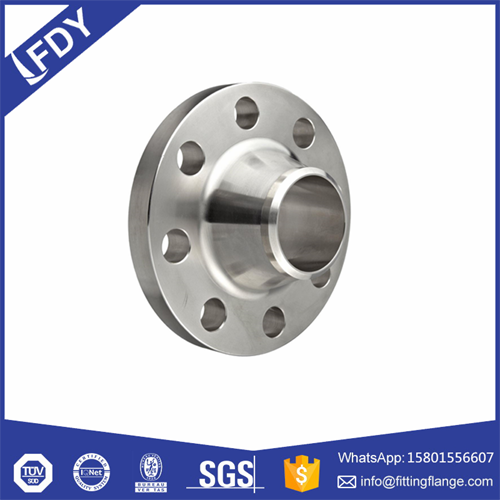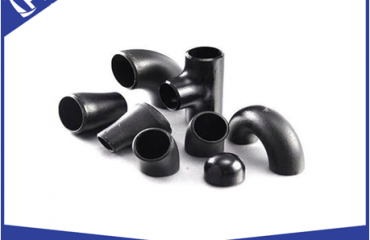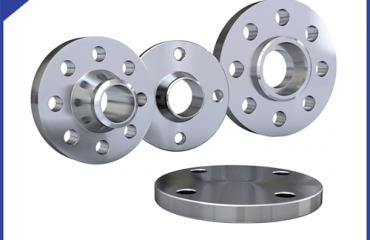The flange connection is easy to use and can withstand greater pressure. Pipeline flanges can be divided into five basic types according to the way they are connected to the pipe: flat welding flanges, butt welding flanges, threaded flanges, socket welding flanges, and loose sleeve flanges. There are many types of flange sealing surfaces, generally used are convex surface (RF), concave surface (FM), concave-convex surface (MFM), tongue and groove surface (TG), full flat surface (FF), and ring joint surface (RJ).
Butt welding flange: In industrial pipelines, butt welding flange connections are widely used. It is used for butt welding of flanges and pipes. It has reasonable structure, high strength and rigidity, can withstand high temperature and high pressure, repeated bending and temperature fluctuations, and has reliable sealing performance. The butt welding flange with a nominal pressure of 0.25 to 2.5 MPa adopts concave and convex Type sealing surface.
Flat welding flange: suitable for carbon steel pipe connections with nominal pressure not exceeding 2.5MPa. The sealing surface of the flat welding flange can be made into three types: smooth type, concave-convex type and tongue-and-groove type. Smooth flat welding flanges are the most widely used, and are mostly used in moderate media conditions, such as low-pressure non-purified compressed air and low-pressure circulating water. Its advantage is that the price is relatively cheap.
According to different grades of pressure, there are different materials for welding flange gaskets, ranging from low-pressure asbestos gaskets, high-pressure asbestos gaskets to metal gaskets.

 Language
Language Espanol
Espanol English
English Italian
Italian عربى
عربى
 Skype: chinamaker99
Skype: chinamaker99  Tel: 86-316-5120812
Tel: 86-316-5120812 Email:
Email:  Whatsapp:
Whatsapp: 
